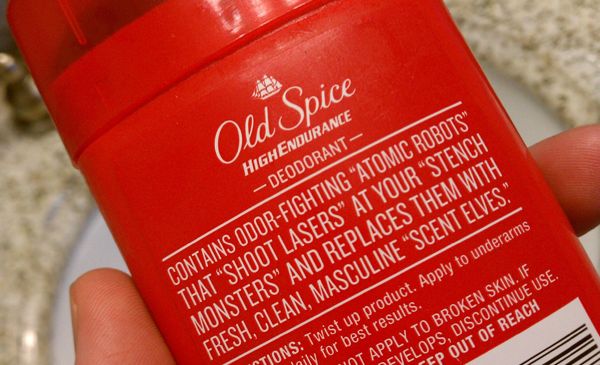
When a lifestyle brand is born a core following finds an interesting point of difference that’s relevant to them and identify with the brand on a personal level. This core following is small, but extremely passionate. They become instant advocates for the brand and evangelize the brand with honesty and fervor, bringing profound credibility to the brand. At this early stage in brand development the audience to address is a niche collective. The market size is very small and the ways to reach these folks is essentially based on word-of-mouse, atmospheric, events, P.R., contests and giveaways and as much free buzz as can be acquired.
Then one day a growth spurt happens. The core consumers feverishly generate so much heat for the brand that it crosses over to influencers (trendsetters). What’s the effect of that? Once the trendsetters get involved, the mainstream consumers start to get interested. The audience in this stage of brand life, includes the original core, plus the influencers. And it is slightly tipping into the mainstream market. The market size is medium. And the marketing techniques to reach these folks could be an assortment of online, experiential, viral, and traditional consumer media. This stage of healthy growth has now delivered a mature brand.
In the maturity stage, the brand is now seeded with the core, no longer worshiped, but still well regarded. It is still very hot with influencers and is also exciting the mainstream. The brand is now part of pop culture, yet perceived as being “special” and desired for “those-in-the-know.”
This is the sweet spot for a lifestyle brand! Why? Because the core and the mainstream changed places. Which one is larger, leading to more sales? You got it… the mainstream!
Here the mainstream audience feels like they are part of something new & cool. The influencers embrace the brand and wear it like a “knowing” badge, the core is still holding tight to the brand promise, still believing in what the brand stands for and how it makes them feel. The market size is now large. And the mediums used to reach this audience are mass, such as outdoor, TV, Print, Online, branded entertainment, radio, and of course digital and social.
We try and keep the brand in this stage as long as possible. Consumer brands such as Nike consistently provide brand re-engagements that help the audience feel like they are still special for joining. On the flip side, their one-time competitor, Reebok, could not.
Now, of course, a brand can have a re-birth. Look at Old Spice and their mega-successful re-launch of their brand with an attitude that stirred the hearts and nether-regions of millennials all over the world. This core following is still going strong, even as it entered into the mainstream. It continues to convey the brand promise in an entertaining, memorable and relevant way.
But, here’s what leads to the death of a lifestyle brand: Because the brand is so big, it starts to talk to everyone, which means it starts to engage no one. The “core” consumer discredits the brand. The influencers leave because “everyone” is now associated with the brand. The mainstream audience is looking for something new and cool to join, because this brand is now yesterday’s news once the influencers leave. The brand is now generic, and stands for nothing. The promise of joining a special club is now gone, you are a product, not a brand anymore.
The unfortunate result? The audience is everyone, not a core, not influencers, not mainstream and they are unenthusiastic, looking for the next big thing and not your brand anymore! The market size is very large, so to try and influence them your marketing technique has to be mass. But, don’t waste your money, without brand love, you won’t sell much. Except if your products are now at discount big box retailers where mainstream value shoppers are looking for something with a little cache they can still hold on to from years past for a few bucks. What once was a brand people wanted to associate with is now at the dollar store.
Life stage management of a brand is critical. To keep it where its most profitable you must nurture the life stage trajectory over time, thematically, with messaging reinforced through media that supports and propels inventive creative storytelling. So being part of a brand culture remains as important to a consumer when its mature, as it did when it was just a baby.
A brand, like a human needs to be nurtured and loved. Brand apathy = Brand death.
Author – Steve Biegel for Talent Zoo
